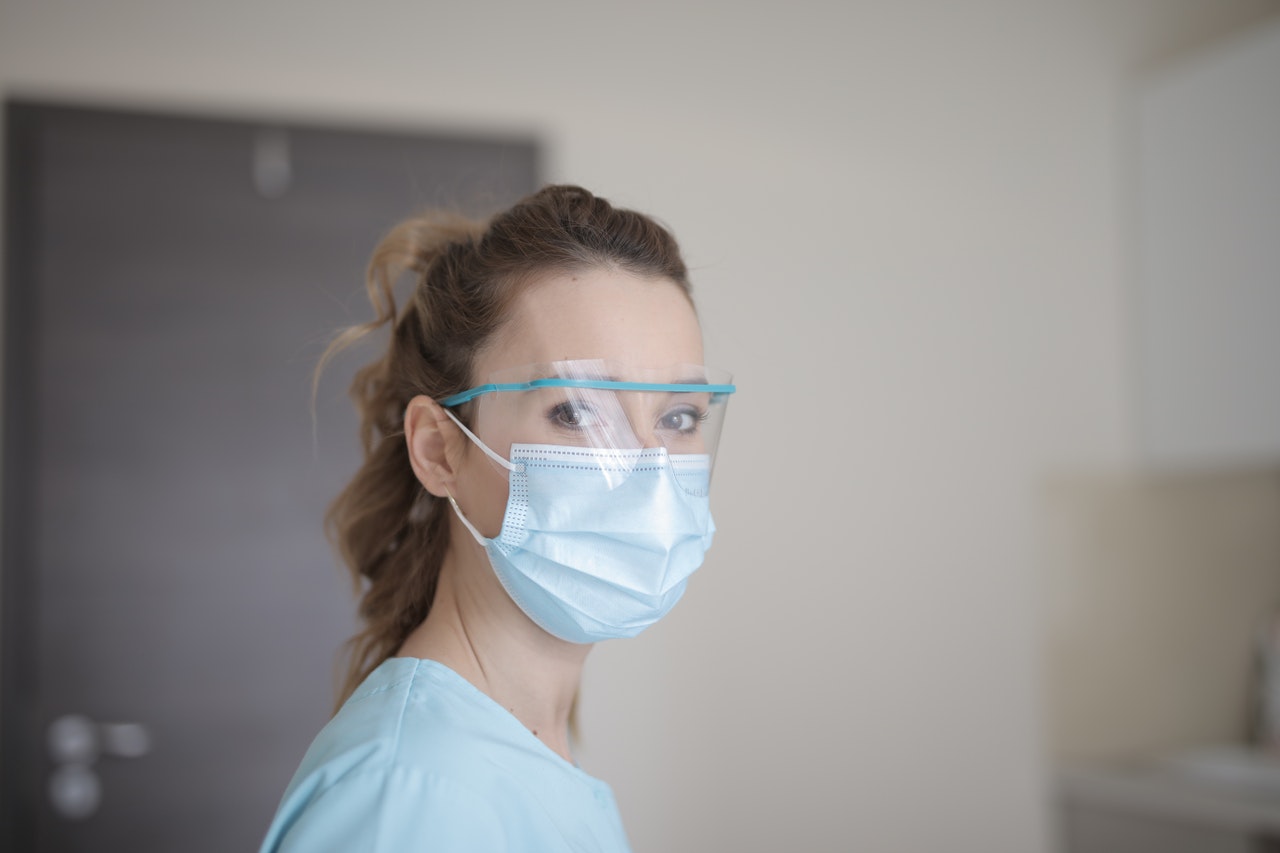The coronavirus pandemic has changed how the whole world functions, and to contain it, governments across the world have implemented restrictions regarding gatherings. Thus, many companies are implementing stringent health rules such as social distancing to minimize the risks at events.
There’s plenty of uncertainty revolving around the pandemic, your events, and the health of your people and attendees. Fortunately, you can still host corporate and marketing events seamlessly with the following pieces of advice—ensuring a smooth, enjoyable, and overall safe event.
Create a Plan and Share With Stakeholders
Whenever you’re holding corporate or marketing events, a crucial factor you should never forget is creating crisis communication plans that’ll assure your partners and attendees you’re taking the situation seriously and showing them you’re following the WHO or CDC’s guidelines. Additionally, it will help you become more confident in welcoming your attendees to the event.
The best place you can make and regularly maintain your communication plans is on a dedicated webpage of your event site. These should include considerations of everything, from the social distancing guidelines to how your team will add dividers on rental tables and chairs to ensure optimal cleanliness and safety for all guests attending the event. Keep in mind that the first stakeholders you’ll need to communicate with are the actual attendees. Do this by creating a clear and concise plan telling them what they should expect and answer any of the questions they may have regarding attending your vent.
Additionally, consider including a contact tracing log to your events to ensure attendees get informed if they’ve come in close contact with a person infected with the virus.
Create and Maintain an Update Log
A crucial factor to remember when holding socially-distanced events is letting your attendees, stakeholders, employees, and speakers know that you’re taking the pandemic seriously is by maintaining a formal update log.
It’s best if you also add contact tracing to your update logs. For instance, you may send ‘exposure notifications’ to your event’s attendees to know about the possible exposure or contact. Make sure to keep everything in check by adding the time and date to each update, demonstrating to your attendees that you’re actively monitoring the situation.
Proactively Update Attendees
Besides maintaining an update log, consider proactively updating your attendees on your event website or social media profiles, providing answers for attendees, speakers, and partners seeking more details about your event. You can beat them to the search by sending them regular updates via email, social media, or push notifications.
You can be proactive in updating your attendees by sharing the latest updates and status on your event, referencing the latest updates from health organizations, reiterating your preparedness plan, and updating everywhere.
Establish Health and Safety Rules

The most crucial part of holding large corporate and marketing events is establishing guidelines and regulations for your attendees to follow at your event, providing extra protection for everyone attending the event. You can implement health and safety rules in several ways. Still, the best practices are giving your attendees ample heads-up of your health policies over emails and other channels and being transparent when describing what’s allowed and prohibited. If your health policies may result in your attendees being banned from attending the event, have a clear and generous refund policy in place.
Regularly reminding your attendees to be safe and attentive is also crucial. You can do this by posting signs promoting protective measures and how to stop the spread in visible locations or high foot traffic areas, such as the entrances, restrooms, and hallways. Additionally, regularly broadcast announcements on reducing the spread of the virus on PA systems around the venue.
Create a Sanitary Environment
Creating and maintaining a sanitary environment during your corporate and marketing events is crucial. So, be proactive and make sure you’re up to date with health organizations, such as CDC and WHO and their guidelines. The best practices for creating and maintaining a clean and sanitary environment is providing attendees with hand sanitizers or rubbing alcohol at registration, establishing designated sanitation stations equipped with built-in hand sanitizers and disinfectant wipes.
Additionally, make sure to instruct your employees to wipe down commonly touched surfaces such as microphones, doorknobs, and handrails regularly. Finally, providing physical guides at your venues, such as tapes on floors and sidewalks and signs on walls, is an excellent way of ensuring all individuals are adhering to your health and safety policies.
Although some places are easing on their restrictions, the practice of properly socially distancing is still crucial, especially for large corporate and marketing events—and the tips mentioned can help you host a smooth, safe, and enjoyable event with ease.
